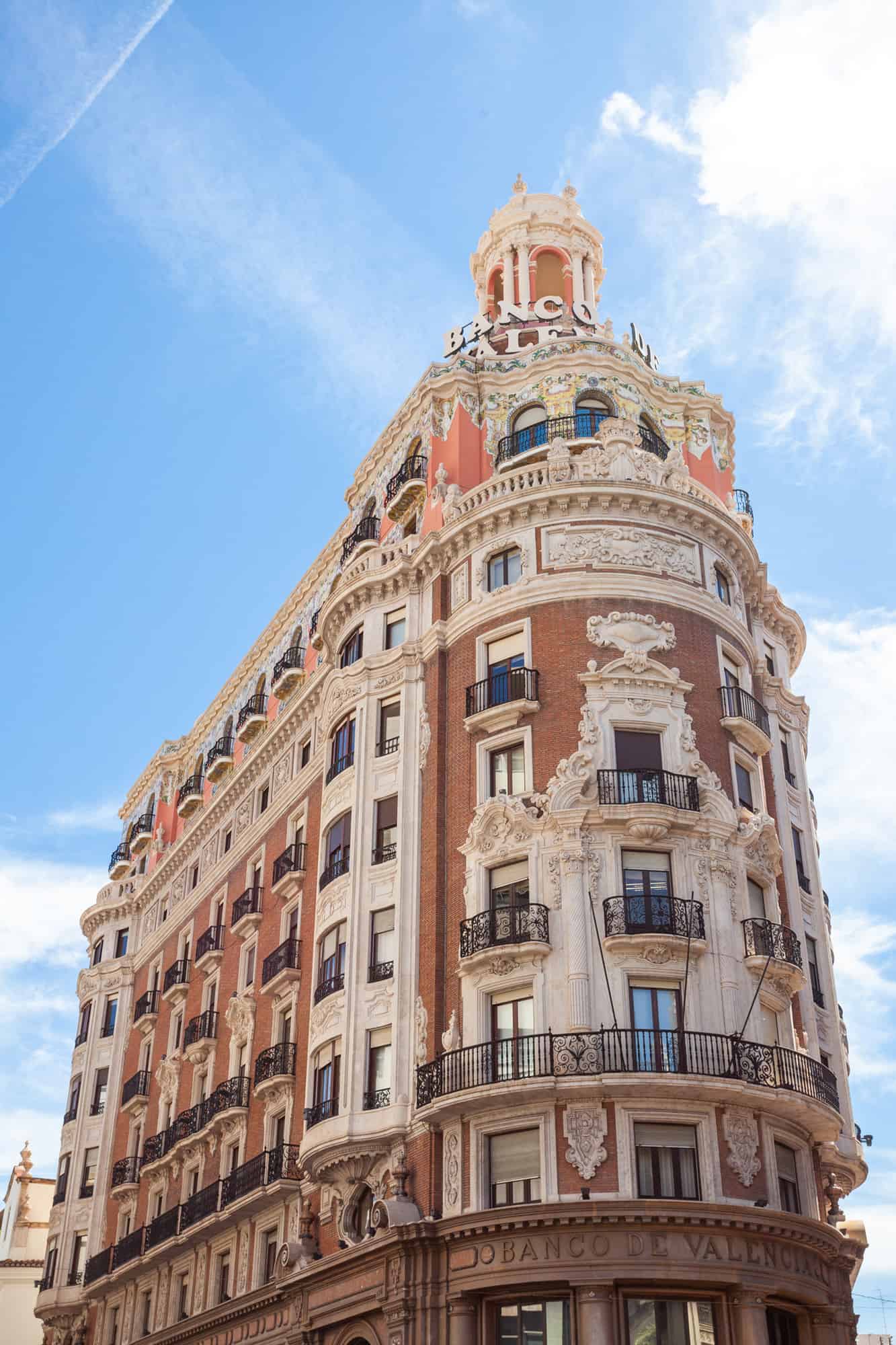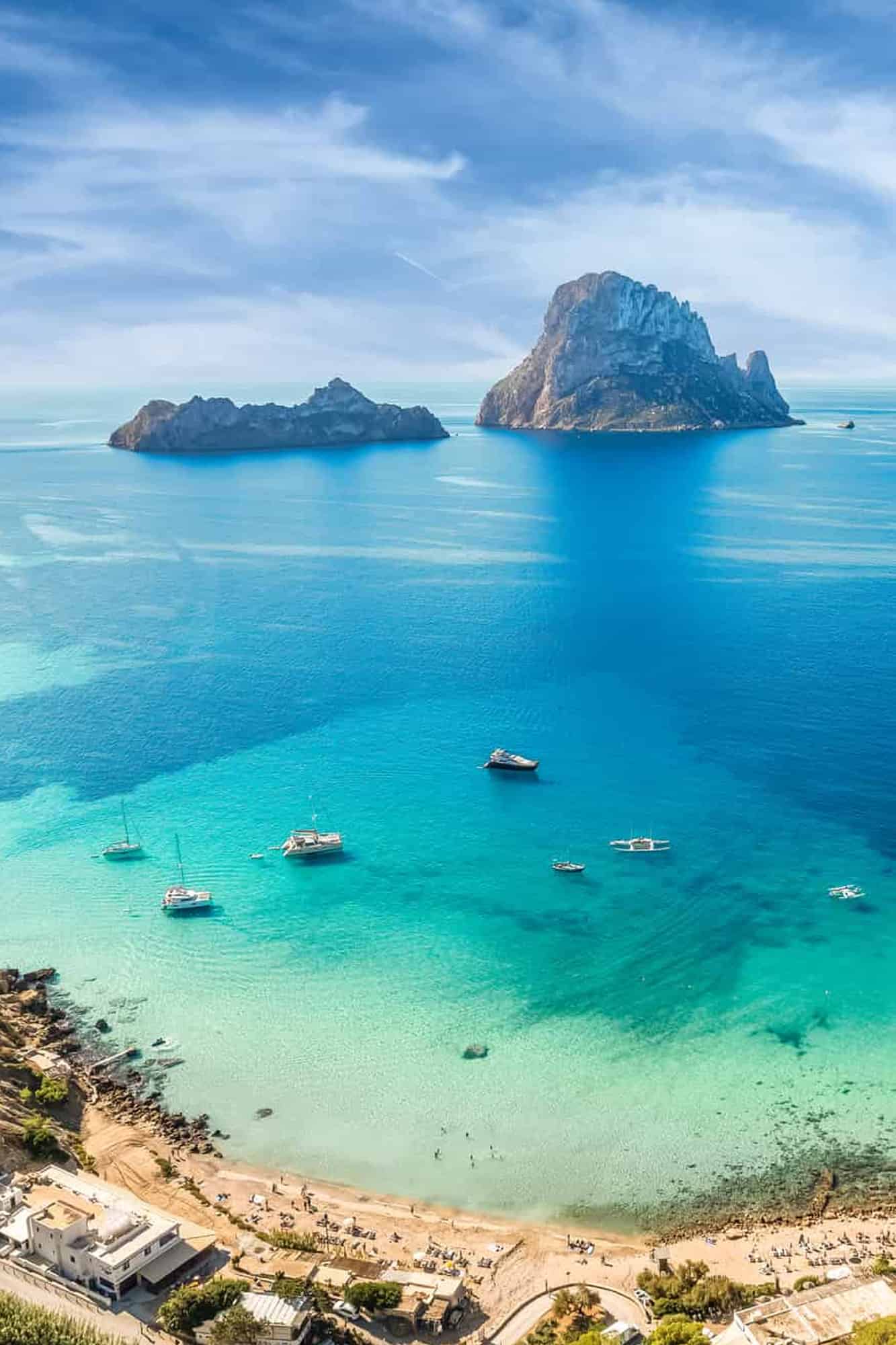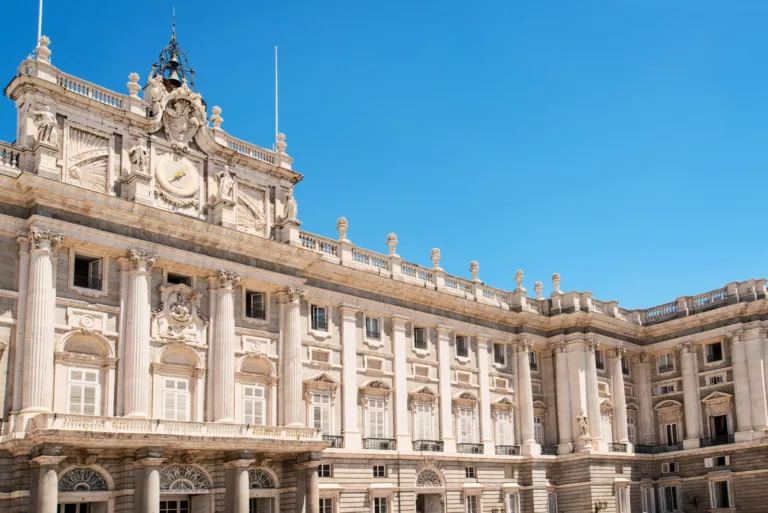Snow in Spain
Spain is widely known for its warm weather, beautiful beaches, and colorful culture. However, its climate is surprisingly varied. The diverse landscape and Spain’s position in southwestern Europe contribute to a range of climate zones. You’ll find areas with the mild Mediterranean climate, as well as parts that are cooler. This diversity adds to Spain’s appeal, making it a country of fascinating contrasts.


Hi, we’re Timon & Filipa!
We travel across Spain in our motorhome, Speedy, and update TravelSpain24 with fresh content, practical tips, and personal stories from the road. Our goal is to help you experience Spain beyond the typical tourist trails.
Does It Snow in Spain?
Yes, Spain experiences snowfall, especially in its mountainous regions and rural towns. The snow’s frequency and characteristics depend on the country’s specific climate zones, which range from Mediterranean to continental, affecting both the likelihood of snow and its nature. To learn more about cold weather in Spain, check out this article on the coldest city in Spain right now.
When Does It Snow in Spain?
Generally, snow is most likely to occur from December to February. For those interested in skiing, the best conditions are usually found from January to March, aligning with the peak skiing season.
On average, Spain experiences snow on about 35 days each year. However, the likelihood of snowfall and its intensity greatly depend on the area’s elevation. Lower elevations see snow rarely, as these areas tend to be warmer. In contrast, mountainous regions receive more frequent and substantial snow due to their higher altitudes and cooler temperatures.
| Region | Typical Snowfall Months |
| Northern Spain | December – March |
| Central Spain | December – March |
| Southern Spain | Rare, mostly at higher elevations |
| Coastal Spain | Unusual, limited to mountainous areas |
Where Does It Snow in Spain?
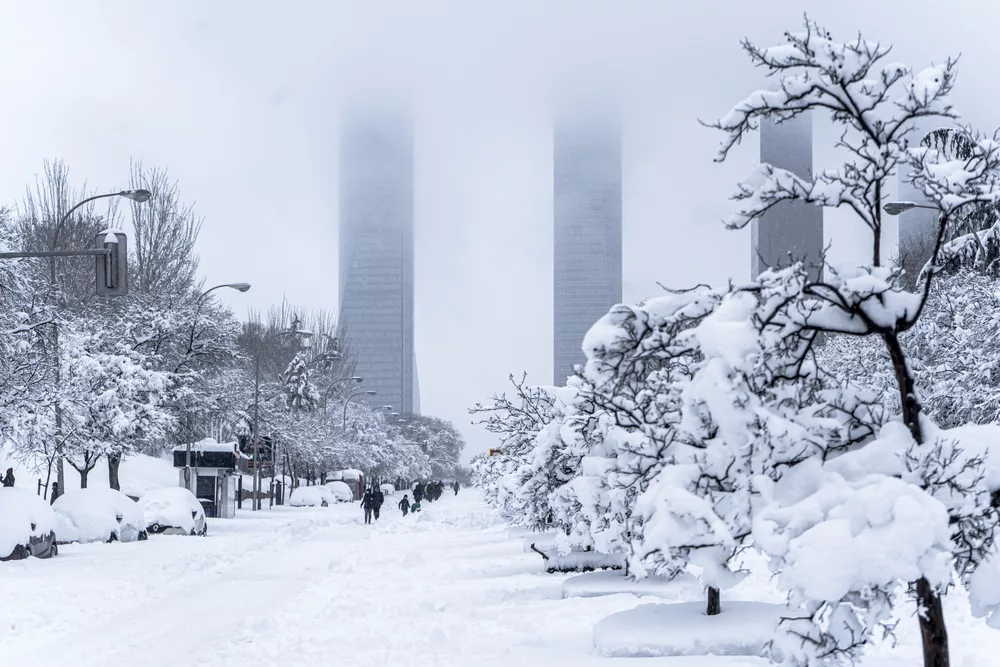
Snow in Spain is primarily found in its mountainous regions, including the Pyrenees, the Sierra Nevada, and the Sistema Central.
The Val d’Aran, located in Catalonia, is a haven for snow enthusiasts. It is known for its skiing and snowboarding opportunities, especially at the Baqueira-Beret resort. During the winter, visitors can also explore protected climbing routes, known as “via ferrata.” The Pyrenees Mountains, situated in the north of Spain, are renowned for their regular snowfall. This is attributed to their higher altitude and close proximity to the Atlantic Ocean, making them a perfect spot for ski resorts and winter sports.
In southern Spain, the Sierra Nevada mountain range stands out as a key destination for winter sports enthusiasts. It boasts peaks that exceed 2,987 meters (9,800 feet), leading to colder temperatures and significant snowfall in winter. Pradollano, located here, is the highest ski resort in Spain, offering a unique experience for visitors.
Major cities in Spain, including Madrid, may also see snow occasionally during the coldest parts of winter, typically from late December to early January. However, due to warmer temperatures and lower altitudes, any snow in these urban areas usually melts quickly.
Snowiest Cities and Towns in Spain
1. Burgos
Burgos is a city in northern Spain famous for its cold weather and frequent snowstorms in winter. Its high altitude and proximity to the Cantabrian Mountains make the temperatures often drop to near freezing, resulting in significant snowfall. From December to February, the snow transforms the city, covering its historic sites and monuments in white, creating a stunning winter scene.
2. Soria
Situated in the region of Castilla y León, Soria is another Spanish village that experiences a significant amount of snowfall. Due to its inland location and high altitude, Soria has a continental climate characterized by hot summers and cold winters. The village typically receives snow accumulation from December to March, providing many opportunities for winter sports and picturesque landscapes.
3. Ávila
Ávila, a historic city also located Castilla y León region, is well known for its impressive medieval city walls and snow-capped mountain backdrop. The city’s location at the foot of the Sierra de Gredos mountain range significantly increases the amount of snowfall it receives during the winter months. Locals here enjoy sledding just outside the city walls. Ávila’s snow season normally lasts from December through March, making it an attractive destination for travelers seeking a lesser-known snowy destination in Spain.
4. Segovia
Another city located in the Castilla y León region is Segovia, famous for its Roman aqueduct and the famous Alcázar castle. The city is just north of the Sierra de Guadarrama mountain range and sits at a high altitude. This results in a colder climate and regular snowfall during the winter. Snow usually falls in Segovia between November and March, adding a magical touch to the castle and the city’s other historical landmarks.
5. León
León is a city in the northwestern part of Spain and is the province’s capital that shares its name. Known for its stunning gothic cathedral, the city also sees its fair share of snowfall during the winter months. The city is near the beautiful Cantabrian Mountains, and coupled with its high altitude, it has a continental climate that brings cold winters and regular snowfall. In León, expect snowfalls between December and February. This makes it an attractive winter location for those wishing to explore one of Spain’s snowiest cities.
6. Ronda
In the province of Malaga, Ronda is a quaint village away from the coast that sometimes receives snowstorms during the winter. It features a unique bridge over a large gorge and stunning cliffside views of the surrounding mountains. Ronda is quite charming when covered in snow, even though it doesn’t occur frequently. It’s a great place to explore by foot, and there are several good restaurants to warm up in after.
Does It Snow in Madrid?
Definitely! Madrid is in a continental climate zone, meaning it has scorching summers and freezing winters with occasional snow. Usually, there are a few snowstorms between December and February. The city’s altitude of 667 meters (2,188 feet) also contributes to its colder weather.
Fun fact: In January 2021, Madrid experienced a historic snowstorm called Filomena, which covered the city in a thick blanket of snow. Because the city is not equipped for heavy storms of this nature, most of the transportation services were not operating. If you’re visiting Madrid during winter, it’s definitely a good idea to pack warm clothes.
Does It Snow in Barcelona?
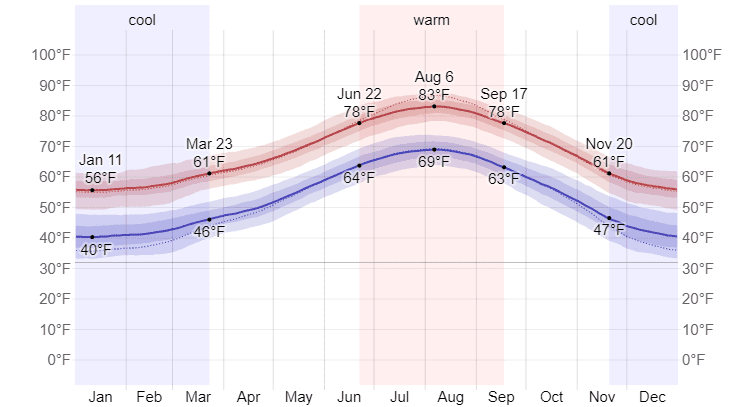
Snow in Barcelona is quite rare, as the city has a Mediterranean climate with mild and wet winters. However, it’s not completely unheard of. On the rare occasions when it does snow, it’s usually only a light dusting that doesn’t last long. The mountains nearby, such as Montserrat, are more likely to experience snowfall, offering a stunning backdrop to the monastery there. In the few years I’ve lived in Barcelona, I’ve never personally witnessed snow in the city.
Does It Snow in Mallorca?
Mallorca, one of the beautiful Balearic Islands, enjoys warm and sunny weather throughout the year. Snow is rare but occurs occasionally in higher altitudes, such as the Serra de Tramuntana mountain range. One picturesque village that sometimes gets covered in snow is Valldemossa, on the northwest of the island. In the rest of Mallorca, snow is a very unusual sight.
Does It Snow in the Canary Islands?
The Canary Islands, a lovely archipelago off Africa’s northwestern coast, have a subtropical climate with warm temperatures year-round, making snowfall very unlikely. However, I was surprised to learn that the highest peaks in Tenerife, like Mount Teide, can actually get snow during the winter months! It’s pretty amazing how you can find snowy mountaintops amidst these beautiful islands’ otherwise sunny and warm landscapes.
Does it snow in Valencia?
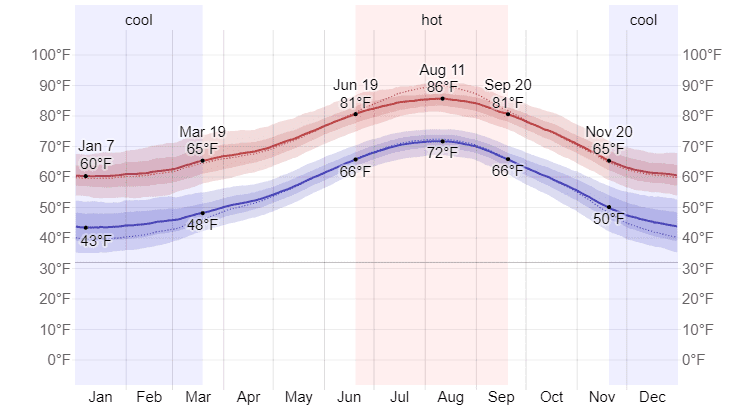
Snow is quite rare in Valencia, because of its Mediterranean climate characterized by mild winters. It’s one of Spain’s sunniest cities, located on the country’s eastern coastline. Its closeness to the sea helps moderate its temperatures. While a light dusting of snow has been recorded in the past, it’s an infrequent occurrence and it usually disappears quickly.
For those considering a visit, exploring our guide on Valencia’s worthiness as a travel destination can provide further insight into what the city offers.
Does it snow in Seville, Spain?
Seville is nestled in the sunny southern part of Spain, near Portugal, and it’s famous for its scorching hot summers and mild winters. I’ve visited this impressive city a few times and never seen snow there! It has a typical Mediterranean climate, which means winters are usually damp and cool, with rain rather than snow. When I pack for winter trips to Seville, I leave my heavy winter gear at home and focus on using layers to stay comfortable and dry in the cooler, wet weather.
Best Ski Destinations in Spain
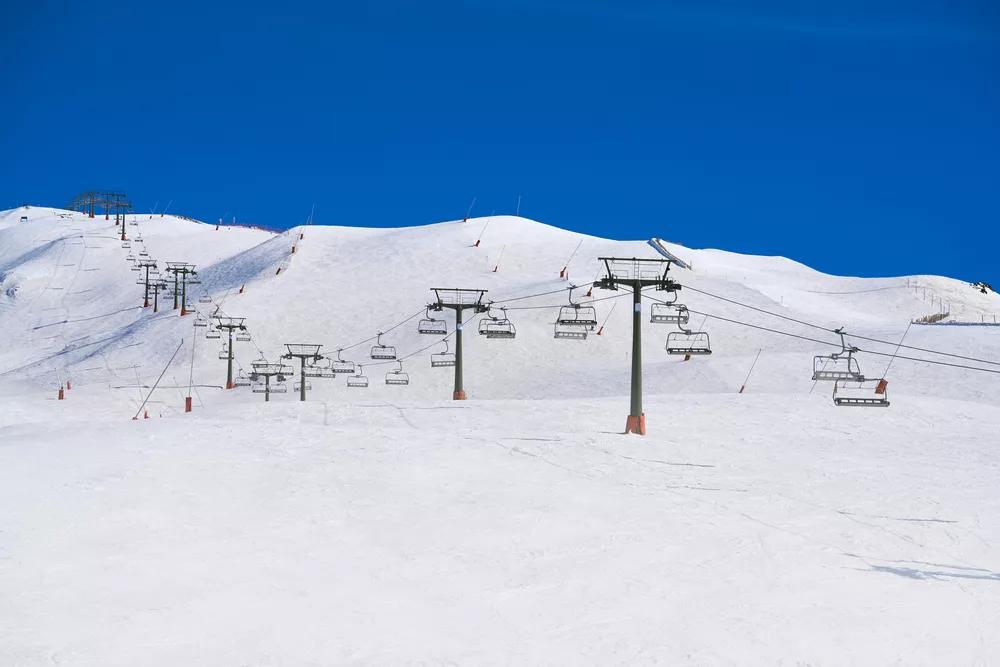
While Spain may not be the first country that comes to mind when considering ski destinations, it offers some excellent ski resorts. One of the top resorts in the country is Baqueira-Beret. Located in the Pyrenees, this resort is divided into three areas: Beret, Bonaigua, and Baqueira, each offering unique skiing experiences.
Another popular skiing destination in Spain is the Sierra Nevada in Andalucia. Situated in Southern Spain, It is the southernmost skiing destination in Europe. This resort boasts the highest peak in the country and offers a wide variety of diverse slopes suitable for all levels of skiers. Sierra Nevada is also home to a charming ski village with a number range of local hotels and restaurants.
Ski Resorts in Spain

Spain also has various ski resorts in other regions as well. These resorts offer various skiing terrain, accommodations, and winter sports activities. All of these are quite affordable compared to other skiing resorts in Europe. This makes Spain an ideal destination for skiing and snowboarding enthusiasts alike.
1. Baqueira-Beret
Baqueira-Beret is in the heart of the Pyrenees, quite close to Aneto, the tallest mountain in Catalonia. It’s considered one of the best ski resorts in Spain. With altitudes ranging from 1,500 to 2,656 meters, this creates a diverse range of slopes for various skill levels. The resort is known for its world-class facilities, modern lifts, and excellent snow quality.
2. Sierra Nevada
The Sierra Nevada ski resort is situated in southern Spain and boasts an altitude range between 2,100 and 3,300 meters. The resort provides a unique skiing experience due to its location near the Mediterranean Sea, which gives it fantastic sunny ski conditions. Sierra Nevada offers a variety of slopes for beginners, intermediate, and advanced skiers, and snowboarding and snowshoeing opportunities are also available.
3. Formigal
Formigal is another popular ski destination in Spain, located in the Aragonese Pyrenees. It offers stunning mountain landscapes and vast skiing terrain to explore. The resort caters to all skill levels with diverse slopes across several mountains and valleys. It is equipped with modern lifts and is known for its excellent snow conditions.
4. Puerto de Navacerrada
Puerto de Navacerrada is the closest ski resort to Madrid, making it an easily accessible ski destination for locals and tourists alike. The resort offers a mix of different slopes to suit all types of skiers and provides a memorable skiing experience for everyone to enjoy.
5. La Molina
La Molina and its neighboring resort Masella form the Alp 2500 ski area. The people of Barcelona love to travel to this location during the winter because it’s only two hours from the city. With an altitude range of 1,600 to 2,535 meters, this ski destination offers a number of slopes for all levels of skiers and snowboarders. The resort is known for its easily accessible facilities and excellent skiing terrain. The villages in this area are quite beautiful to visit during the winter, filled with restaurants featuring delicious Catalan dishes.
6. Valdezcaray
Located in northern Spain, Valdezcaray offers a smaller, more intimate skiing experience than some of its larger counterparts. The resort provides various slopes to accommodate skiers of all abilities, but overall, it is geared toward beginning skiers. Because of this, it’s particularly popular among families looking for a relaxed atmosphere for outdoor fun.
7. Vall de Núria
One of Spain’s most unique winter experiences can be found at the Vall de Núria. The only way to access this hidden gem is by train from one of the villages below. It offers a fantastic ski resort and lodging, and many other activities are also available. It is a way to truly escape the city, and enjoy the beauty of winter, as there are no cars or streets once you reach the valley. It is a great place for families, and snow conditions are always great during the winter.
Final Thoughts: Does It Snow in Spain?
Yes, it does snow in Spain, though not all parts of the country experience significant snowfall. While most areas in Spain have milder winters and may not see much snow at all, some regions become beautifully blanketed in snow, offering amazing scenery and opportunities for various winter sports.
Snowfall in Spain varies greatly between different regions. The mountainous areas, such as the Pyrenees and the Sierra Nevada, are known to receive moderate to heavy snowfall during the winter months. In contrast, coastal areas like the Costa del Sol and the Canary Islands are not very likely to experience snow at all.
Visitors wishing to see snow in Spain should plan their trips during the winter months, typically between December and February. This is when snowfall is most common and can be enjoyed at ski resorts, and several beautiful villages and cities.
Overall, the snow in Spain offers a unique dimension to the country’s diverse landscape and climate. Spain is well-known for its sunny warm weather and beautiful beaches, but the country also boasts impressive mountain ranges and stunning snow-filled landscapes worth visiting as well.
Search the site
Popular Destinations
Just letting you know
When you buy something through our links, we’ll earn a small commission—don’t worry, it won’t cost you any extra! It’s a win-win, right?
Exclusive Heymondo Travel Insurance Offer
Planning a trip? Make sure you’re covered! We’ve teamed up with Heymondo to give our readers a special deal: 5% off travel insurance. Grab this deal and know you’re looked after on your next trip.



